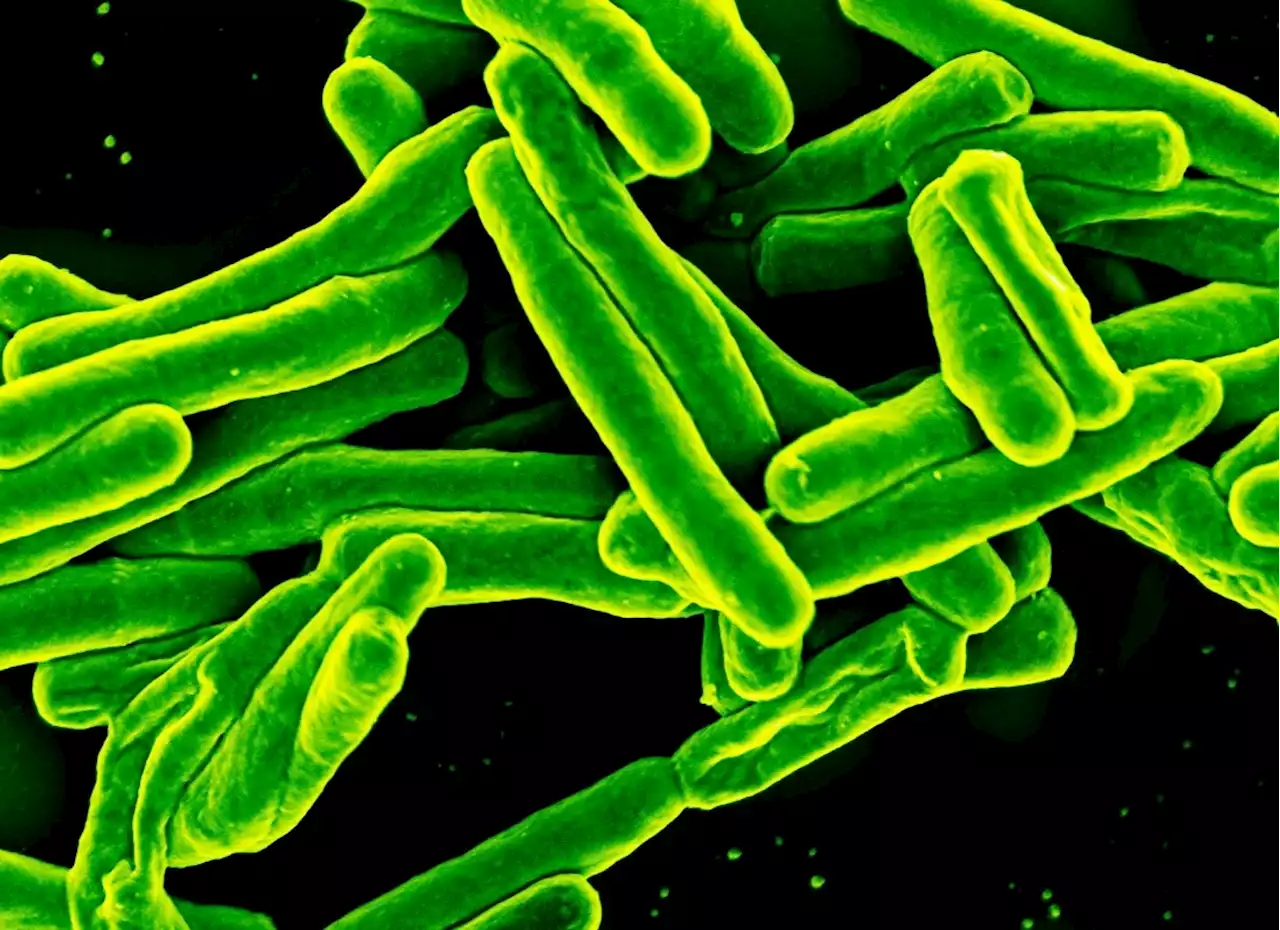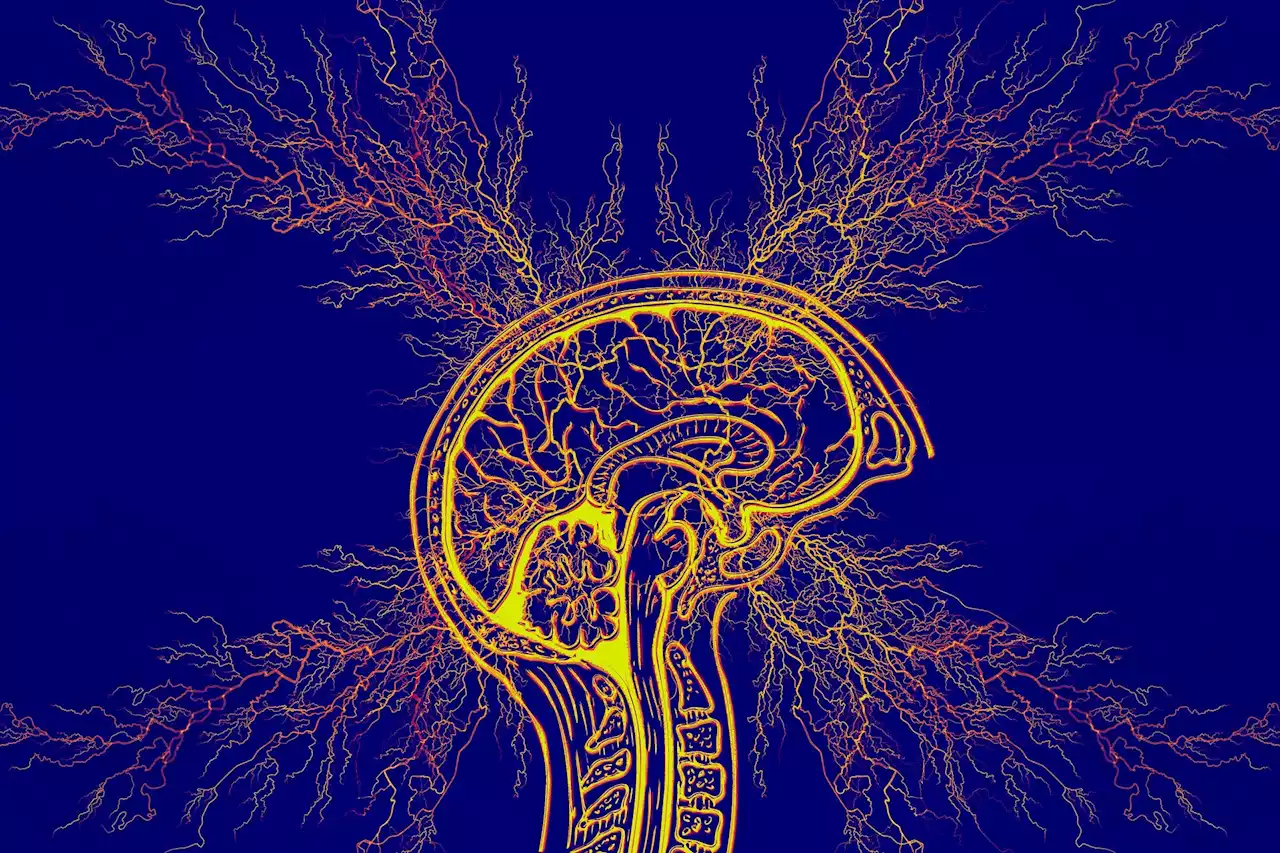Evaluating differences in viral and symptom rebounds between Paxlovid-treated and untreated COVID-19 patients medrxivpreprint scrippsresearch Paxlovid COVID19 SARSCoV2
By Pooja Toshniwal PahariaNov 17 2022Reviewed by Aimee Molineux In a recent study posted to the medRxiv* preprint server, researchers evaluated differences in viral and symptom rebounds between Paxlovid-treated and untreated coronavirus disease 2019 patients.
About the study In the prospective cohort study, researchers prospectively compared Paxlovid rebound epidemiology among treated patients and untreated patients with acute SARS-CoV-2 infections. The Paxlovid group participants were provided email links to access study materials and telehealth-proctored rapid antigen test kits for at-home testing. Paxlovid group participants completed their initial SARS-CoV-2 at-home testing and surveys related to COVID-19 symptoms experienced on the second and fifth day of Paxlovid treatment, and subsequently, every alternate day up to 16 days, after which, the individuals completed surveys about long COVID/persistent symptoms at 1.0-, 3.0-, and 6.
Danmark Seneste Nyt, Danmark Overskrifter
Similar News:Du kan også læse nyheder, der ligner denne, som vi har indsamlet fra andre nyhedskilder.
 What is the prevalence of contraindications to Paxlovid among hospitalized COVID-19 patients?Researchers examined the prevalence of contraindications to nirmatrelvir-ritonavir (Paxlovid) in hospitalized coronavirus disease 2019 (COVID-19) patients.
What is the prevalence of contraindications to Paxlovid among hospitalized COVID-19 patients?Researchers examined the prevalence of contraindications to nirmatrelvir-ritonavir (Paxlovid) in hospitalized coronavirus disease 2019 (COVID-19) patients.
Læs mere »
 Frontiers | Increased IL-26 associates with markers of hyperinflammation and tissue damage in patients with acute COVID-19Interleukin-26 (IL-26) is released by several immune and structural cells following stimulation of toll-like receptors (TLRs), whereupon it can directly inhibit viral replication and enhance neutrophil chemotaxis. Given these unique properties, IL-26 has emerged as an intriguing mediator of host defense in the lungs. However, the role of IL-26 in COVID-19 has not been thoroughly investigated. Here, we characterized the involvement of IL-26 in the hyperinflammation and tissue damage that occurs in patients with acute COVID-19. We found that IL-26 is markedly increased in blood samples from these patients, and that the concentration of IL-26 correlates with those of the neutrophil-mobilizing cytokines IL-6, IL-8, and TNFα, respectively. Moreover, the increase in blood IL-26 correlates with enhanced surface expression of the “don’t eat me” signal CD47 on blood neutrophils isolated from patients with acute COVID-19. Finally, we found that the blood concentration of IL-26 correlates with that of increased lactate dehydrogenase, an established marker of tissue damage, and decreased mean corpuscular hemoglobin (MCH), a previously verified hematological aberration in COVID-19, both of which are associated with severe disease. Thus, our findings indicate that increased systemic IL-26 associates with markers of hyperinflammation and tissue damage in patients with acute COVID-19, thereby forwarding the kinocidin IL-26 as a potential target for diagnosis, monitoring, and therapy in this deadly disease.
Frontiers | Increased IL-26 associates with markers of hyperinflammation and tissue damage in patients with acute COVID-19Interleukin-26 (IL-26) is released by several immune and structural cells following stimulation of toll-like receptors (TLRs), whereupon it can directly inhibit viral replication and enhance neutrophil chemotaxis. Given these unique properties, IL-26 has emerged as an intriguing mediator of host defense in the lungs. However, the role of IL-26 in COVID-19 has not been thoroughly investigated. Here, we characterized the involvement of IL-26 in the hyperinflammation and tissue damage that occurs in patients with acute COVID-19. We found that IL-26 is markedly increased in blood samples from these patients, and that the concentration of IL-26 correlates with those of the neutrophil-mobilizing cytokines IL-6, IL-8, and TNFα, respectively. Moreover, the increase in blood IL-26 correlates with enhanced surface expression of the “don’t eat me” signal CD47 on blood neutrophils isolated from patients with acute COVID-19. Finally, we found that the blood concentration of IL-26 correlates with that of increased lactate dehydrogenase, an established marker of tissue damage, and decreased mean corpuscular hemoglobin (MCH), a previously verified hematological aberration in COVID-19, both of which are associated with severe disease. Thus, our findings indicate that increased systemic IL-26 associates with markers of hyperinflammation and tissue damage in patients with acute COVID-19, thereby forwarding the kinocidin IL-26 as a potential target for diagnosis, monitoring, and therapy in this deadly disease.
Læs mere »
 Study reveals neglected or late TB diagnoses related to COVID-19In a recent study published in the journal BMJ Medicine, researchers modeled changing patterns in sex- and age-stratified new and relapse tuberculosis (TB) case notifications reported to the World Health Organization (WHO) for 45 nations with high TB, TB/human immunodeficiency virus (HIV) and multidrug-resistant TB (MDR-TB) burden between 2013 and 2019 due to severe acute respiratory syndrome coronavirus 2 (SARS-CoV-2) infections.
Study reveals neglected or late TB diagnoses related to COVID-19In a recent study published in the journal BMJ Medicine, researchers modeled changing patterns in sex- and age-stratified new and relapse tuberculosis (TB) case notifications reported to the World Health Organization (WHO) for 45 nations with high TB, TB/human immunodeficiency virus (HIV) and multidrug-resistant TB (MDR-TB) burden between 2013 and 2019 due to severe acute respiratory syndrome coronavirus 2 (SARS-CoV-2) infections.
Læs mere »
 SARS-CoV-2 antibodies persist in breast milk following two and three COVID-19 vaccine dosesSARS-CoV-2 antibodies persist in breast milk following two and three COVID-19 vaccine doses BreastMilk Coronavirus Disease COVID SARSCoV2 Vaccine SSRN TheLancet UCSF
SARS-CoV-2 antibodies persist in breast milk following two and three COVID-19 vaccine dosesSARS-CoV-2 antibodies persist in breast milk following two and three COVID-19 vaccine doses BreastMilk Coronavirus Disease COVID SARSCoV2 Vaccine SSRN TheLancet UCSF
Læs mere »
 SSPH+ | The Real-World Impact of Vaccination on COVID-19 Cases During Europe’s Fourth WaveBackground Disease control is important to limit the social, economic and health effects of COVID-19 and reduce the risk of novel variants emerging. Evidence suggests vaccines are less effective against the Omicron variant, but their impact on disease control is unclear. Methods We used a longitudinal fixed effects Poisson regression model to assess the impact of vaccination on COVID-19 case rates across 32 countries in Europe from 13th October to 01st January 2022. We controlled for country and time fixed effects and the severity of public health restrictions. Results Full vaccination coverage increased by 4.2%, leading to a 54% reduction in case rates across Europe (p|0.001). This protection decreased over time but remained significant at five weeks after the detection of Omicron. Mean booster vaccination rates increased from 2.71% to 24.5% but provided no significant additional benefit. For every one-unit increase in the severity of public health restrictions, case rates fell by a further 2% (p=0.019). Conclusions Full vaccination significantly limited the spread of COVID-19 and blunted the impact of the Omicron variant, despite becoming less useful over time.
SSPH+ | The Real-World Impact of Vaccination on COVID-19 Cases During Europe’s Fourth WaveBackground Disease control is important to limit the social, economic and health effects of COVID-19 and reduce the risk of novel variants emerging. Evidence suggests vaccines are less effective against the Omicron variant, but their impact on disease control is unclear. Methods We used a longitudinal fixed effects Poisson regression model to assess the impact of vaccination on COVID-19 case rates across 32 countries in Europe from 13th October to 01st January 2022. We controlled for country and time fixed effects and the severity of public health restrictions. Results Full vaccination coverage increased by 4.2%, leading to a 54% reduction in case rates across Europe (p|0.001). This protection decreased over time but remained significant at five weeks after the detection of Omicron. Mean booster vaccination rates increased from 2.71% to 24.5% but provided no significant additional benefit. For every one-unit increase in the severity of public health restrictions, case rates fell by a further 2% (p=0.019). Conclusions Full vaccination significantly limited the spread of COVID-19 and blunted the impact of the Omicron variant, despite becoming less useful over time.
Læs mere »
 Study finds risk of seizures is higher after COVID-19 than after influenzaPeople who have a COVID-19 infection are more likely to develop seizures or epilepsy within the next six months than people who have an influenza infection, according to a study published in the November 16, 2022, online issue of Neurology. The increased risk was more noticeable in children than adults. It was also more noticeable in people who did not need hospitalization for COVID-19 infections.
Study finds risk of seizures is higher after COVID-19 than after influenzaPeople who have a COVID-19 infection are more likely to develop seizures or epilepsy within the next six months than people who have an influenza infection, according to a study published in the November 16, 2022, online issue of Neurology. The increased risk was more noticeable in children than adults. It was also more noticeable in people who did not need hospitalization for COVID-19 infections.
Læs mere »
